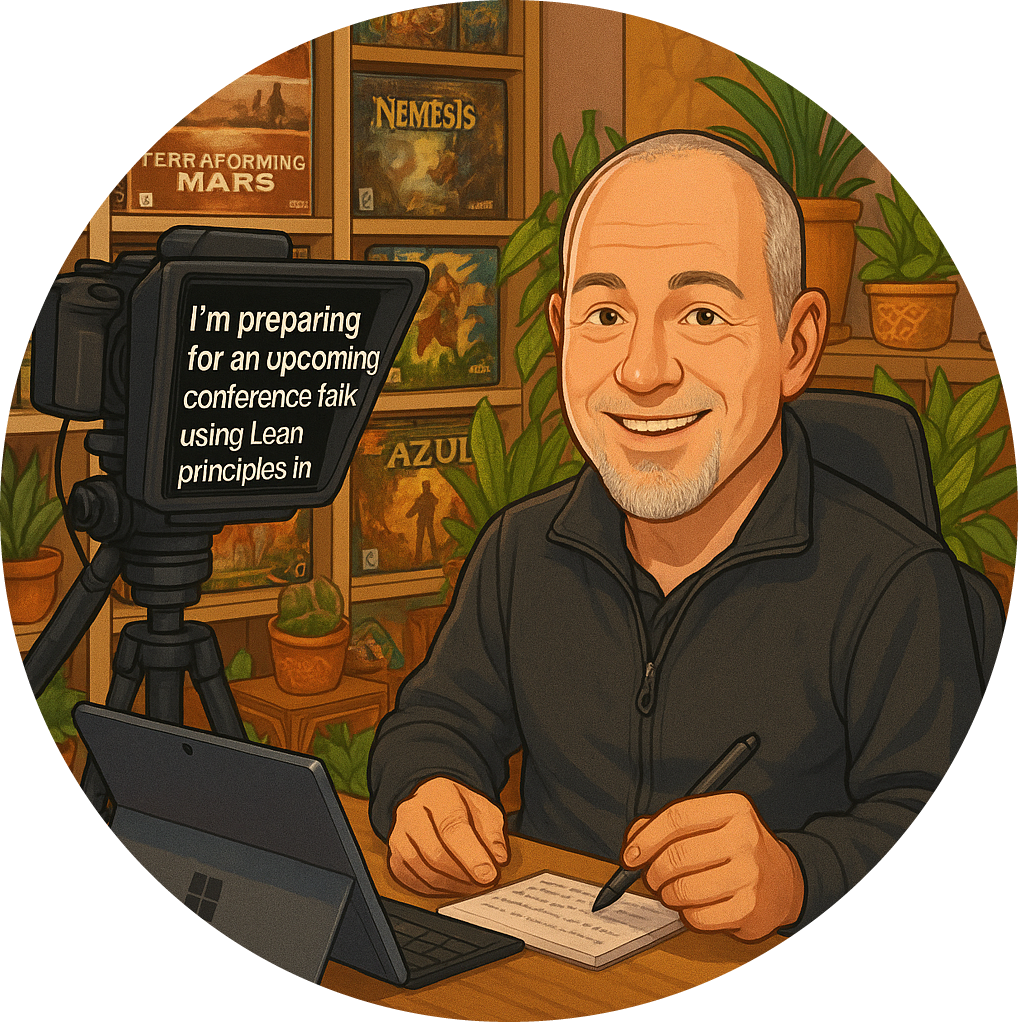In my journey through the world of Agile, I’ve often encountered various signs that indicate when teams are veering off course. One of the most alarming of these signs is what I like to call “war”—a manifestation of team conflict that can derail even the most promising projects.
Now, let me clarify: disagreement is not inherently bad. In fact, it’s often the birthplace of innovation. When team members challenge each other’s ideas, it can lead to the kind of creative solutions that propel us forward. However, there’s a fine line between healthy debate and a full-blown contest where the goal shifts from collaboration to winning the argument.
The Escalation of Conflict
When disagreements escalate, it can feel like a battlefield. Here’s how it typically unfolds:
- Initial Disagreement: It starts innocently enough, with differing opinions on a project direction or a technical approach.
- Debate Turns to Contest: As discussions heat up, the focus shifts from finding the best solution to proving who is right.
- Team Dynamics Shift: At this point, the atmosphere can become toxic. Team members may start to align themselves into factions, leading to a breakdown in communication and collaboration.
This is where the role of the Scrum Master becomes crucial. If you find yourself in a situation where the conflict has escalated to a “Crusade” or “World War” level, it’s time to intervene.
The Scrum Master ’s Role
As a Scrum Master, your responsibility is to foster an environment where healthy discussions can thrive without devolving into destructive conflict. Here are some strategies I recommend:
- Facilitate Open Communication: Encourage team members to express their thoughts and feelings openly. Create a safe space where everyone feels heard.
- Focus on the Issue, Not the Person: Remind the team that the goal is to solve a problem, not to attack each other. This helps to keep discussions constructive.
- De-escalate Tensions: If things get heated, take a step back. Sometimes, a short break or a change of scenery can help reset the mood.
Recognising the Signs
It’s essential to be vigilant about the signs of conflict before they escalate. Here are a few indicators that “war” might be on the horizon:
- Increased Tension: You can feel the atmosphere shift; team members are less willing to collaborate.
- Frequent Arguments: Disagreements become more common and more intense.
- Loss of Focus: The team starts to lose sight of their goals, becoming more concerned with winning arguments than delivering value.
Conclusion
In the world of Agile, we must remember that conflict is a natural part of teamwork. However, when it escalates to the point of war, it can threaten the very foundation of our collaborative efforts. As Scrum Masters and team members, we have a responsibility to manage these conflicts effectively, ensuring that our teams remain focused on their goals and continue to innovate.
If you found this discussion helpful, I encourage you to engage with me further. Whether you want to chat about Agile, Scrum, or DevOps , feel free to book a coffee with me through Naked Agility. Let’s keep the conversation going and work together to navigate the complexities of team dynamics!



























